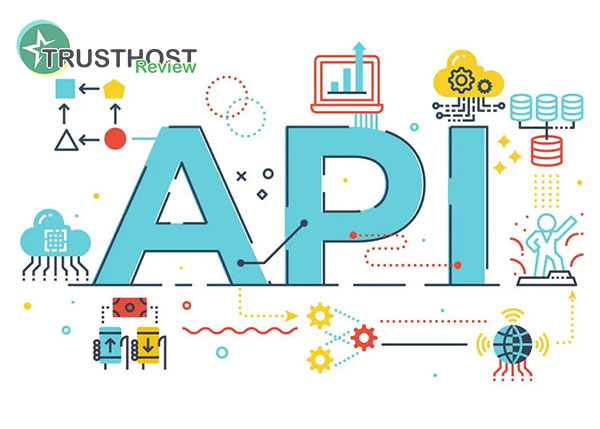DDoS Attacks: What are They, and How Can You Be Prepared?
What is a DDoS Attack?
It’s an unfortunate truth that the landscape of digital threat is growing parallel to new digital business capabilities, with new cyberattack tactics emerging all the time. DDoS (Distributed Denial of Service) attacks, however, still remain one of the most dangerous when it comes to online business continuity. Both volumetric and application attacks exhaust targeted resources in order to degrade an enterprises’ website’s functionality. These DDoS attacks may not be as easy to see and can be stealthy, and they can effectively put a halt to your online operation.
DDoS attacks differ from other hacking attacks in that they don’t involve malicious entry into the networks or systems used by a business for the purpose of gaining access to private information. Instead, they employ external means to essentially hold an important user service hostage in order to extort money or achieve another similar gain. While different from the more standard publicized hacking attacks, DDoS attacks are nevertheless crippling to enterprises whose customers rely on online services—a function of contemporary business that is absolutely vital for meeting user expectations of convenience, accessibility and overall satisfaction. Furthermore, these attacks continue to grow in complexity and frequency, targeting any organization regardless of size.
It’s for this reason that security and risk management measures must be strengthened to take all types of security threats into account—not just hacking or network breaches—and to incorporate DDoS mitigation strategies. If DDoS protection is not in place, enterprises or organizations are vulnerable to an attack. This outcome is not acceptable, as throughout the attack, services remain unavailable and customers come away with a feeling that they may not be able to trust the security or reliability of your organization’s capabilities.
How DDoS Attacks Work:
DDoS attacks typically involve leveraging a network of compromised computers and devices called a botnet. The attacker infects these devices with malware, giving them control over the devices' actions.
When the attacker wants to launch a DDoS attack, they send commands to the botnet, instructing all the infected devices to flood the target with traffic. This can take various forms, such as:
- Volumetric Attacks: Flooding the target with a massive volume of traffic, exceeding its capacity to process it (e.g., DNS amplification attacks, UDP floods).
- Protocol Attacks: Exploiting vulnerabilities in network protocols to consume resources and disrupt services (e.g., SYN floods, Ping of Death).
- Application Layer Attacks: Targeting specific web applications or services to overload them (e.g., HTTP floods, Slowloris attacks).
Impact of DDoS Attacks:
Successful DDoS attacks can have significant consequences for businesses and organizations:
- Downtime and Service Disruption: Websites and online services become inaccessible, leading to loss of revenue, productivity, and customer trust.
- Reputational Damage: The inability to access a website or service can harm an organization's reputation and brand image.
- Financial Losses: Businesses can lose revenue from online sales, advertising, and other online operations. They may also incur costs for DDoS mitigation services and incident response.
- Data Breaches: DDoS attacks can sometimes be used as a smokescreen to distract from other malicious activities, such as data theft.
Mitigating DDoS Attacks:
Protecting against DDoS attacks requires a multi-layered approach, including:
- Network Security Best Practices: Implement robust network security measures such as firewalls, intrusion detection/prevention systems (IDS/IPS), and strong passwords.
- Content Delivery Networks (CDNs): CDNs distribute traffic across multiple servers, making it more difficult for attackers to overwhelm a single target.
- DDoS Mitigation Services: Specialized security providers offer cloud-based DDoS mitigation services that can absorb and filter malicious traffic.
- Rate Limiting and Traffic Analysis: Implement mechanisms to limit traffic rates from specific sources and analyze traffic patterns to identify and block suspicious activity.
By understanding the nature of DDoS attacks and implementing appropriate mitigation strategies, organizations can minimize the risk of these attacks and ensure the availability and security of their online services.
















